The Great Barracuda (Sphyraena barracuda) is one of the most well-known predators found in shallow water. With their torpedo-like shape, menacing teeth, and lighting speed, they truly are the cheetahs of the flats. Barracuda strike flies and lures with immense power, take off on long screaming runs, and are known to erupt into head-shaking jumps. But despite being well-known, barracuda remain one of the most underrated and under-targeted sportfish on the flats, especially on light spinning or fly tackle.
When targeting barracuda, you’ll frequently find them laid up (often sitting perfectly still), on a flat or on the edge of a flat. Your best chance at enticing one is to use long, brightly colored lures (red and chartreuse, for instance). When presenting your fly or lure, it’s best to lead the fish by around five feet and cast considerably beyond your target. Strip or retrieve fast as possible—many fly anglers prefer to tuck their rod under their arm and do a two-hand retrieve—attempting to draw your fly or lure across the barracuda’s field of vision. This will get the fish’s attention and trigger it to strike your offering.
When a barracuda strikes, many times it will not take off right away but instead may zigzag back and forth or even run right at you. It is very important to keep stripping or reeling, making sure to keep constant tension on the line so that the fish doesn’t throw the hook.
And although it likely goes without saying—when landing a barracuda, be very careful. Those menacing teeth can do some serious damage. It’s best to remove the hook with a pair of long, needle-nosed pliers and, of course, release the fish and allow it to fight another day.

Although barracuda are an underrated by sporting anglers, they remain vulnerable to overfishing as those who do target barracuda typically keep them to eat—especially in southern Florida, the Bahamas and the greater Caribbean.
Recently, there has been a serious decline of barracuda in the Florida Keys, which has been largely attributed to the fishery being unregulated. But thanks to conservation efforts by fishing guides and Bonefish and Tarpon Trust, new regulations were recently put in place in South Florida to ensure barracuda are not overfished.
Barracuda, along with sharks, are the top predators that inhabit the flats. These predators are critical component of a healthy ecosystem. They remove weak or diseased fish and keep prey populations in check, helping to balance the ecosystem. Research has shown that removing top predators can cause trophic cascades that negatively impact the ecosystem. Gaining a better understanding of barracuda and educating anglers about their importance is essential for our continued conservation of the species and the overall health of our flats environments.

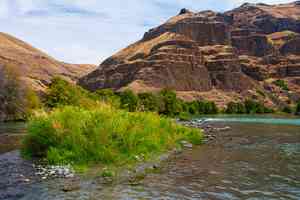


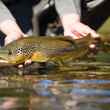





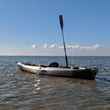

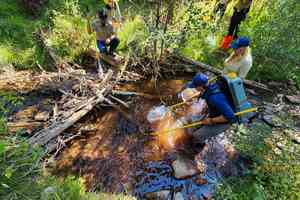






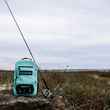
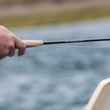






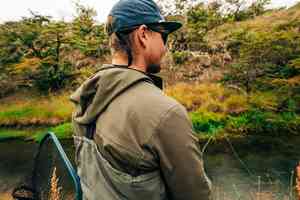

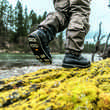
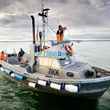
Comments